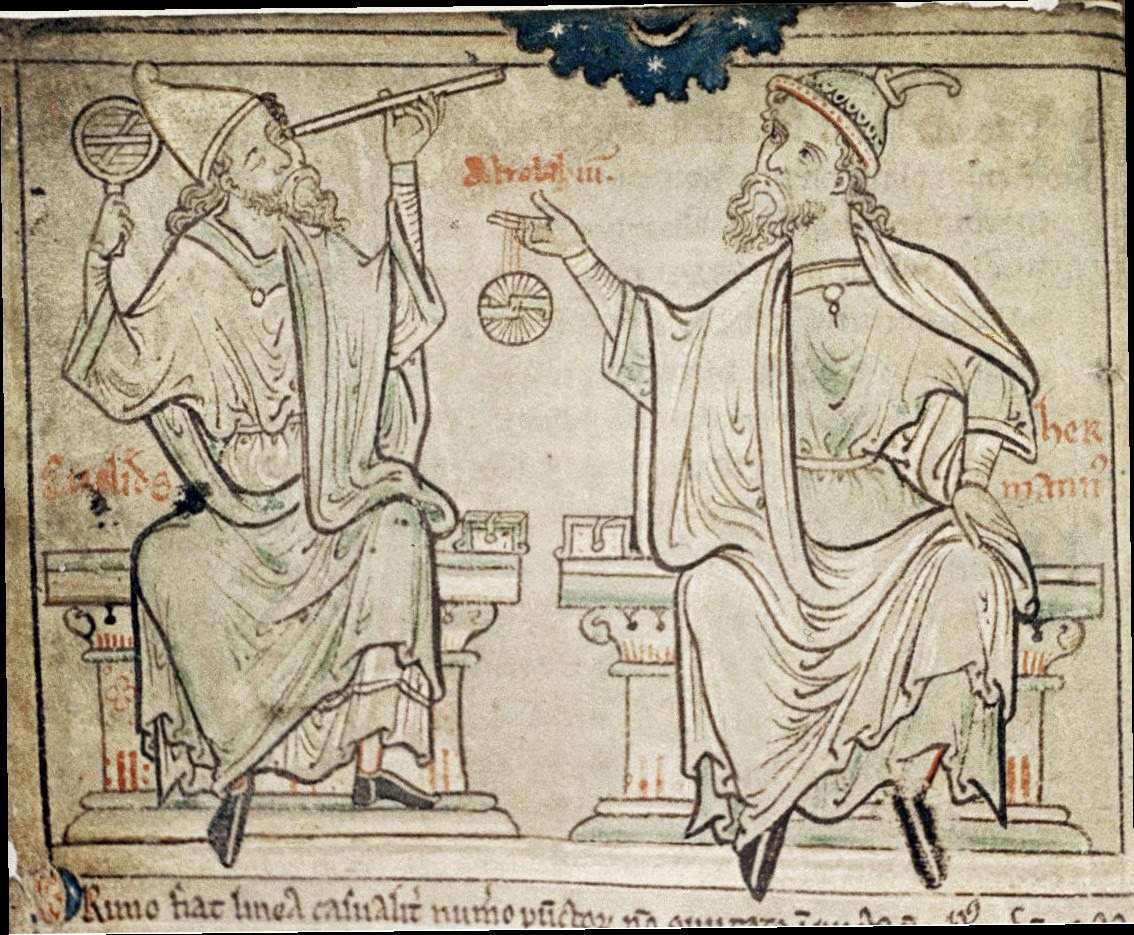Blessed Hermannus, whose feast day is kept in some Benedictine houses on September 25, is usually called “Hermann the Cripple” or “the Lame” in English, but his Latin appellation “Contractus - the deformed” (literally ‘the contracted one’) is really more accurate, as is so often the case with Latin. The combination of congenital defects from which he suffered made him “not simply a cripple, but ... practically helpless”, writes Alban Butler. Born in 1013 to a noble family in Swabia, modern southern Germany, he survived childhood by some miracle of God’s providence, and was entrusted at the age of seven to the Benedictine abbey on Reichenau Island on the lake of Constance. He was professed at the age of twenty, and lived as a monk for twenty years more. Although he was barely able to move without assistance, he was a polymath and a genius, well-versed in theology, music, astronomy, mathematics, Latin, Greek and Arabic. Students came to learn from him many parts of Europe, and his intellectual achievements were such that he was known as the wonder of his age. Among his works are the earliest surviving medieval chronicle of the whole of human history, and a treatise on mathematics and astronomy; he was also able somehow to build both musical and astronomical instruments. Above all, however, his name will live in blessed remembrance as that of the composer of the Marian antiphons
Alma Redemptoris Mater and
Salve Regina. His cultus was officially approved by the Holy See in 1863. Beate Hermanne, ora pro nobis!
![]() |
| A manuscript illustration of one of Bl. Herman’s treatises on astronomy. |
